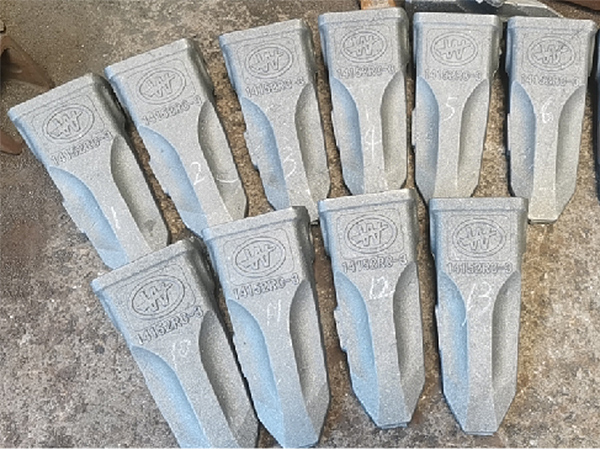High Volume Sand Casting An Essential Process for Efficient Manufacturing
High volume sand casting is a crucial manufacturing process that has been widely utilized in various industries, particularly in automotive, aerospace, and heavy machinery sectors. This method allows for the rapid production of metal components with intricate shapes and precise dimensions, catering to the increasing demand for high-quality products in mass production.
Understanding Sand Casting
Sand casting involves creating a mold by packing sand around a pattern of the desired shape. This pattern, typically made of metal or wood, is removed once the mold is formed. After creating the mold, molten metal is poured into the cavity, filling the space formed by the pattern. Once the metal cools and solidifies, the mold is broken apart, and the finished part is extracted.
One of the primary advantages of sand casting is its flexibility. These molds can be made in various sizes and complexities, making it suitable for both small and large production runs. High volume sand casting, in particular, focuses on producing large quantities of similar or identical parts, which is essential for industries that require standardized components at an economical cost.
Advantages of High Volume Sand Casting
1. Cost-Effectiveness High volume production significantly reduces the cost per unit. Although the initial setup costs can be elevated due to the creation of molds, the long-term benefits outweigh these expenses when manufacturing large batches.
2. Time Efficiency With advancements in technology, high volume sand casting can process large orders efficiently. This is particularly relevant in industries that need quick turnaround times and fast-tracked production schedules.
3. Versatility This method can accommodate various types of metals, including ferrous and non-ferrous alloys. Whether the requirement calls for aluminum, brass, or cast iron, high volume sand casting can meet diverse material needs.
4. Complex Designs High volume sand casting allows for the production of complex shapes that might be challenging with other manufacturing methods. This capability is particularly beneficial for industries innovating new designs and pushing the boundaries of engineering.
high volume sand casting

5. Good Surface Finish Recent improvements in sand casting techniques enable the production of parts with excellent surface finishes. While post-processing may still be necessary for certain applications, the initial quality of the sand cast is typically high.
Challenges in High Volume Sand Casting
Despite its many advantages, high volume sand casting is not without its challenges. One significant issue is the environmental impact of sand casting, particularly regarding sand disposal and emissions. As industries face increasing pressure to adopt sustainable practices, finding eco-friendly materials and reducing waste becomes imperative.
Moreover, maintaining quality control in high volume production can be complex. Variations in sand quality, moisture content, and mold integrity can lead to defects in the cast components. Implementing stringent quality assurance protocols is essential to mitigate these risks and ensure the final products meet industry standards.
Future of High Volume Sand Casting
The future of high volume sand casting looks promising, driven by ongoing advancements in technology. Innovations such as automated molding machines and simulation software are enhancing the precision and efficiency of the casting process. The integration of Industry 4.0 technologies, including the Internet of Things (IoT) and artificial intelligence, is set to revolutionize how manufacturers approach sand casting, allowing for real-time monitoring and optimization of the production line.
Furthermore, the trend towards lightweight materials in manufacturing is necessitating the development of new alloys and techniques that could broaden the applicability of high volume sand casting. As industries strive for sustainability, the exploration of recyclable and environmentally friendly materials will likely gain prominence.
Conclusion
High volume sand casting is a cornerstone of modern manufacturing, providing an efficient and cost-effective method for producing a wide range of metal components. Despite the challenges it faces, the process continues to evolve, adapting to new technologies and market demands. As industries seek to innovate and improve their production processes, high volume sand casting will undoubtedly remain a vital player in shaping the future of manufacturing.
Post time:Նյմ . 04, 2024 12:11
Next:Innovations in Sand Casting Techniques for Efficient Iron Production and Quality Improvement
